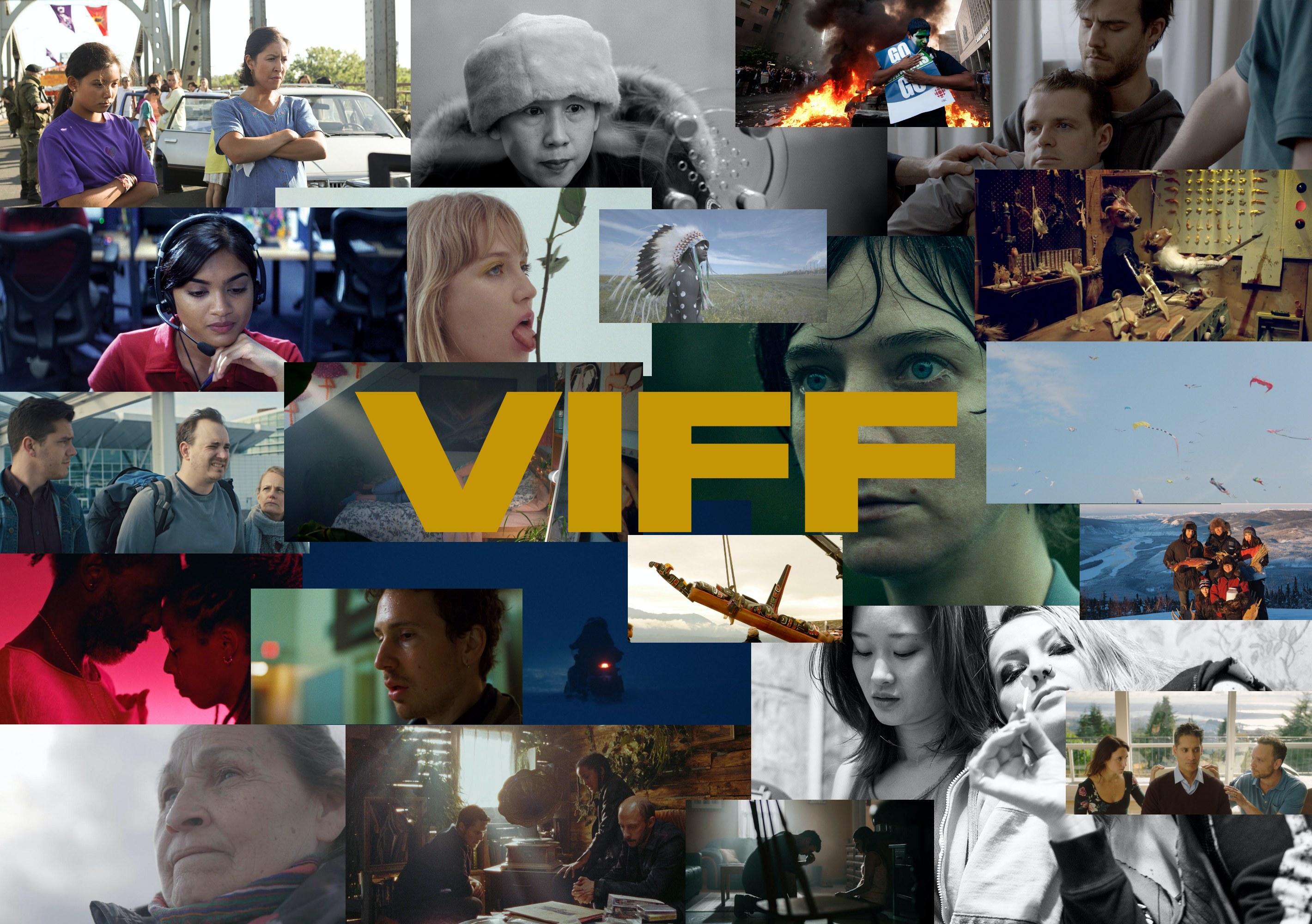
Sports, winter, and slice-of-life documentaries
By Jerrison Oracion, Senior Columnist
The Canadian films that were shown in the Vancouver International Film Festival this year were highly anticipated, interesting, and informative. Despite the coronavirus pandemic continuing, they were relevant to the other major events that are happening in the country right now. Some of the films that I saw included one that presented what would have happened if the pandemic did not occur and a few films about multiculturalism that a lot of people are talking about.
[‘No Visible Trauma’] talks about Calgary being the city with the most shootings in North America while following the key people that were involved in three of those major shootings.
First, I saw the Canadian film that I was excited for which was going to be shown in the Cannes Film Festival this year: Pascal Plante’s next film Nadia, Butterfly. It was unexpectedly presented in full screen, making it look like it was made in the 1980s. The film mainly focuses on Nadia (Canadian swimmer Katerine Savard) after she completes her events at what would have been the Summer Olympic Games in Tokyo last summer. According to Plante in a talk after the film, they filmed the outdoor scenes in Tokyo last fall.
Also, it shows what athletes might do after getting medals at the games and the emotional aftermath. After that, I watched another sports film that took me back to an interesting time in my childhood in the 1990s: Ted Stenson’s Events Transpiring Before, During, and After a High School Basketball Game. The movie was filmed in Stenson’s high school, Queen Elizabeth High School in Calgary, and we see the basketball team in Middleview High School compete in a game while being distracted by conversations on The Matrix, a theatre club planning a protest, and a referee checking on a dog, all of which are happening at the same time. There were a lot of static images throughout the film which made the events look seamless and seem to be occurring in real time. The conversations that were shown throughout it resembled the conversations that I have today.
Winter is a starring character in two of the documentaries that I saw in the festival this year—one of them being Jean-François Lesage’s Prayer for a Lost Mitten. The documentary not only talks about the residents of Montreal trying to find their lost items at the Montreal Metro system, but it also talked about their lives living in the city, discusses the losses people had (including a family that immigrated from Haiti after the earthquake in the country in 2010), and features a man who lost his partner to AIDS and became homeless. At times, I was trying to figure out if this was a documentary or a film because it looked like I was watching a French New Wave film. It was beautifully shot to show winter in Montreal. The other documentary that I saw is No Visible Trauma.
While it was shown on CBC edited down, the entire documentary had its world premiere at the festival. It talks about Calgary being the city with the most shootings in North America while following the key people that were involved in three of those major shootings. What I learned from the documentary is that it’s relevant to the protests related to racism. Police protocols and the work environment in the Calgary Police Service are starting to be reformed after these incidents. There were also a lot of panoramic shots of the city throughout the film.
The Canadian films at VIFF this year shows the filmmaking talent of our country and when the pandemic ends, you could see these on the big screen.


